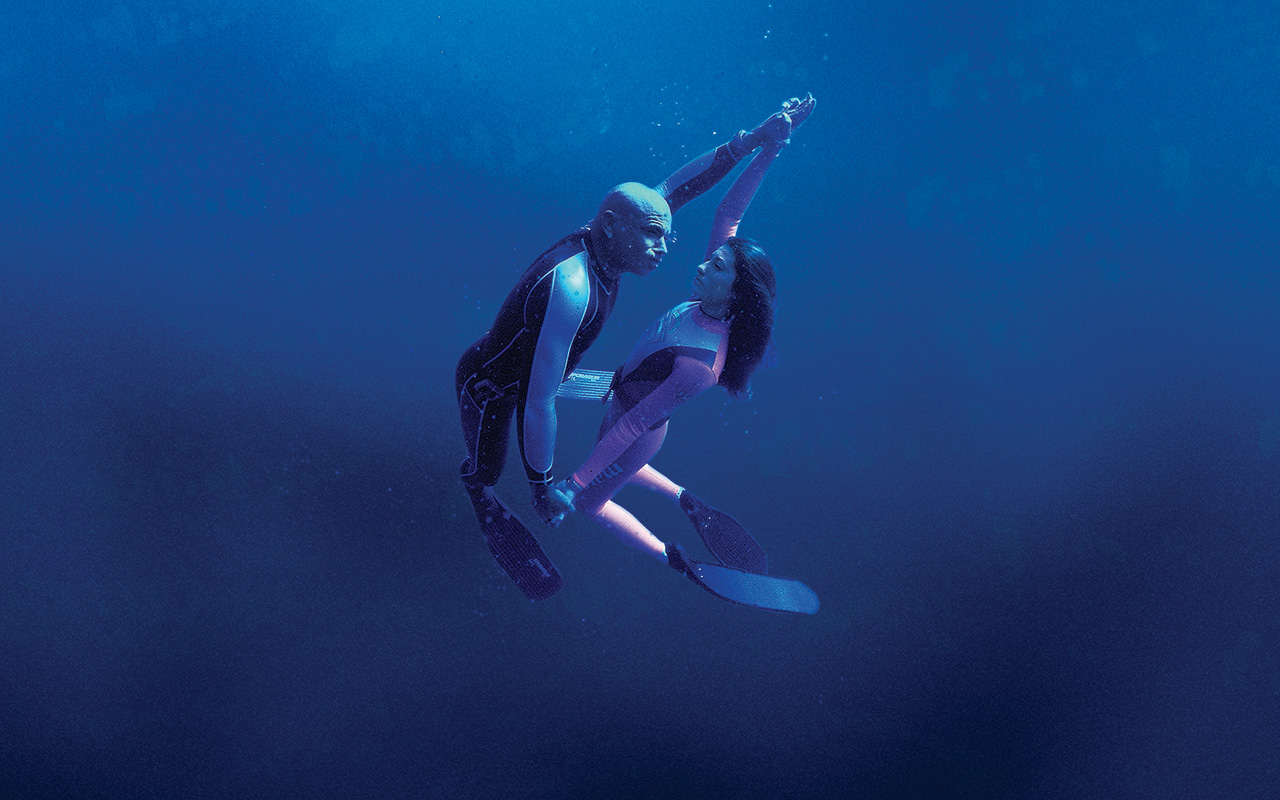The Peculiar and Subtle Ways Nitrogen Can Influence Our Behavior Underwater
Gary Gilgallon - April 9 2019
The dark shape materialized out of the gloom and I knew we had found the old wooden cabin cruiser. She sat upright on the sand in 135 feet of water. The small wreck was not in very good condition, but it was teeming with marine life.
We slowly made our way forward as I began to search for CF numbers on what was left of the bow. The fact that all the paint was gone did not deter me from examining the hull with painstaking detail. I searched and searched but to no avail. My dive buddy was also engaged in a thorough inspection of the same area. After nearly 10 minutes, as per our dive plan, we finally abandoned the search and began our return to the surface. With the wreck still in view, I became aware of how I had just spent my entire bottom time looking for something that not only was not going to be there, but that I didn’t care about anyway. It became obvious during our post dive discussion that neither of us could explain the reasons for the intense search. In fact, my dive buddy wasn’t even sure what he was looking for.
Words & Photos by Joseph C. Dovala
Every diver has heard of “getting narced” but many would be surprised at the peculiar and subtle ways that nitrogen under pressure can influence our behavior when we first reach our affected depth.
Effects of inert gas narcosis were first described in the early 1800’s when divers breathing compressed air exhibited “symptoms of intoxication.” Caisson workers (crews who worked under pressure for bridge and tunnel construction) were observed to break out in song at inopportune times, and Jacques Cousteau coined the phrase “rapture of the deep” during his early diving years. Appearing to be drunk is a common description of narcosis. These observations spawned the “Martini’s Law” mantra that states a depth of 100 feet is like consuming one martini, with each successive fifty feet of descent racking up another one. So, at 150 feet, it would be like drinking two stiff alcoholic beverages.
If you listen to a group of people in a hyperbaric chamber, it sounds exactly like the early stages of a cocktail party. By the time you get to around 160 feet there is a lot of giddiness, slurring of words, and hysterical laughing at jokes that are not all that funny. It is very easy to see why comparisons are made to alcoholic inebriation. While many of the symptoms are similar to intoxication, this is far too simple a generalization. Unlike alcohol, nitrogen narcosis can manifest itself within seconds and can dissipate as fast, once the partial pressure of nitrogen is reduced. Also, the synergistic effects of the diver’s health, environment, and isolation, play a large role in how the symptoms show up
